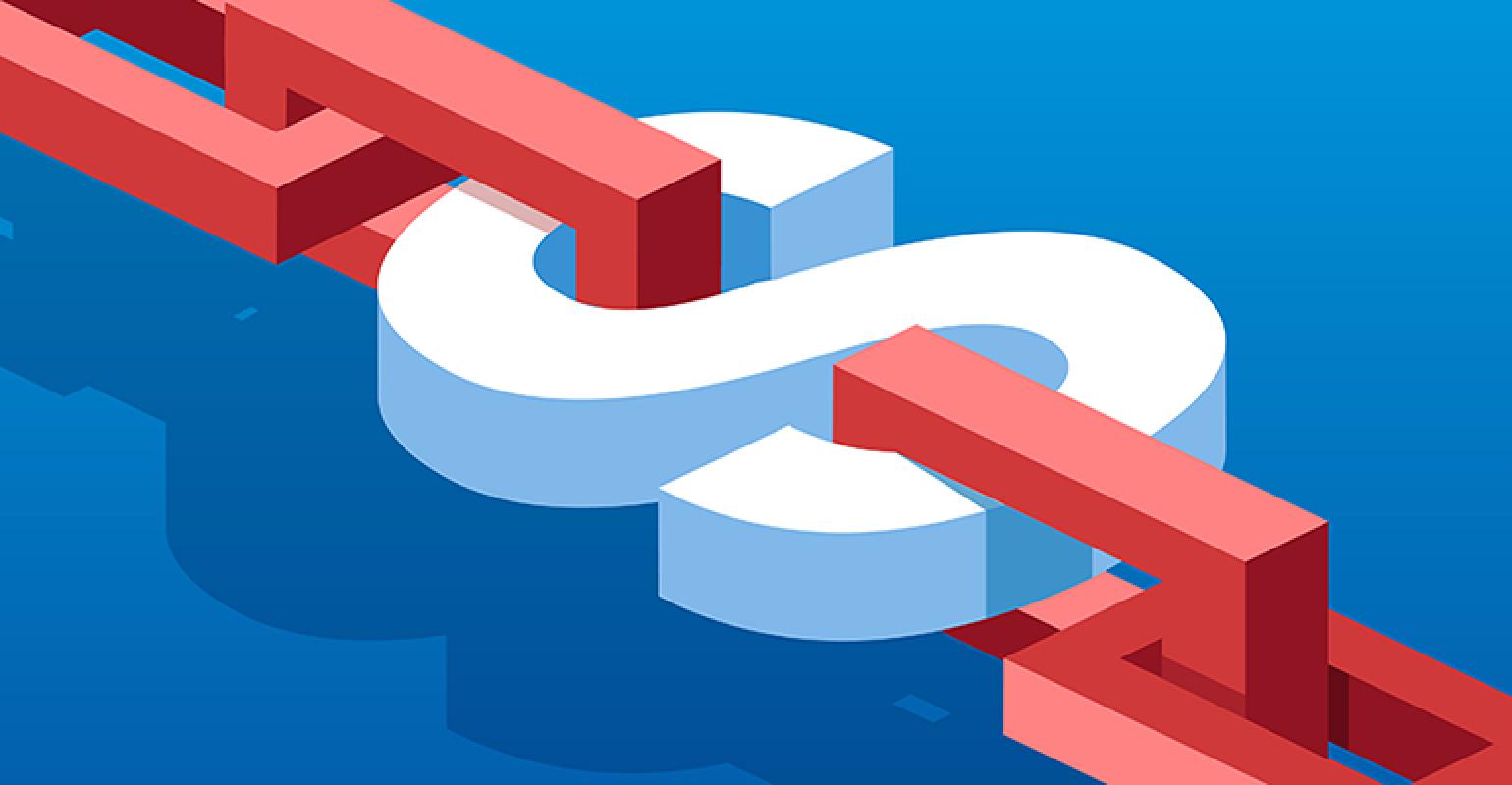Are you a homeowner looking to relocate or simply buy a new home? In that case, taking out a bridge loan can help you fill the gap between selling your house and financing your new purchase. Here’s what you need to know.
What Is a Bridge Loan?
A bridge loan, also known as a swing loan, is a short-term loan taken out by an individual or a company until they can secure permanent financing. In real estate, it’s a type of loan that uses the existing equity in your home to finance the purchase of a new house. Quick to take out and quick to pay back, most lenders will expect repayment when the house is sold or within one year. Bridge loans also come with higher interest rates and more rigorous requirements than conventional mortgage loans.
How Does a Bridge Loan Work?
Bridge loans are often used in real estate purchases to help a buyer bridge the financial gap between finding a property and securing a mortgage. For example, if you’re a homeowner, one common scenario is finding a new property that you’re interested in buying but either lack the funds for a downpayment or, in a hot market, you want to secure the sale before your current property sells. In such cases, a bridge loan will help cover the downpayment and closing costs.
Once your first property is sold, you can then use the resulting funds to pay off the bridge loan. Most lenders will expect you to pay back the loan within a year, but some may extend that deadline to up to two years.
Applying for a bridge loan takes significantly less time than a regular mortgage, and most lenders will approve your loan within 72 hours. There are, however, some requirements to be aware of. For example, the maximum amount you can take out on a bridge loan is usually 80% of the combined value of your current home and the one you want to buy. If you lack sufficient equity in your home, the lender may reject your application. Similarly, you will need an excellent credit score and a low debt-to-income ratio. It’s also worth keeping in mind that lenders typically expect collateral in the form of a property.
When Is a Bridge Loan a Good Idea?
Taking out a bridge loan can work in your favor if you’re buying a home in a seller’s market. In such cases, buyers often face a bidding war for their dream home. And because it’s a hot market, it’s unlikely that the seller will agree to a sale contingency. With a bridge loan typically taking around three days for approval, you can use it to tip the scales in your favor.
A bridge loan can also help if you need to relocate fast and you’ve already found a house that ticks all the right boxes, but you haven’t yet had the time to sell your old one. Again, being able to take out a quick loan that would cover the down payment and closing costs will be of immense help.
Last but not least, a bridge loan can be beneficial if you already have at least 20% equity in your home but you can’t afford to make a down payment on a new property. Not only will the bridge loan provide funding for that, but if you can use it to cover more than 20% of the down payment, you will also avoid paying private mortgage insurance (PMI) on your new mortgage loan.
Bridge Loan Alternatives
Bridge loans can be real lifesavers, but the high-interest rates and quick repayments can make some homeowners wary. Here are some alternatives worth considering.
HELOC
A home equity line of credit is one of the most common alternatives to a bridge loan. Both can be used to tap into your home equity, and both use your home as collateral. However, a HELOC has lower interest rates, and you won’t be required to make any principal repayments during the draw period, which can take a minimum of 10 years.
80-10-10 Loan
A combination of fixed-rate loan and HELOC, the first loan covers 80% of the new home cost, with another 10% loan piggybacking as a second mortgage covering half the minimum down payment needed to avoid PMI. It’s a good alternative if, despite having enough equity, you can only provide 10% of the down payment.
Like any type of financing, a bridge loan can be a great way to fund the purchase of your dream home. However, under the wrong circumstances, they can quickly become a strain on your budget. To make the most of it, take the time to discuss your options with your lender or financial advisor.
